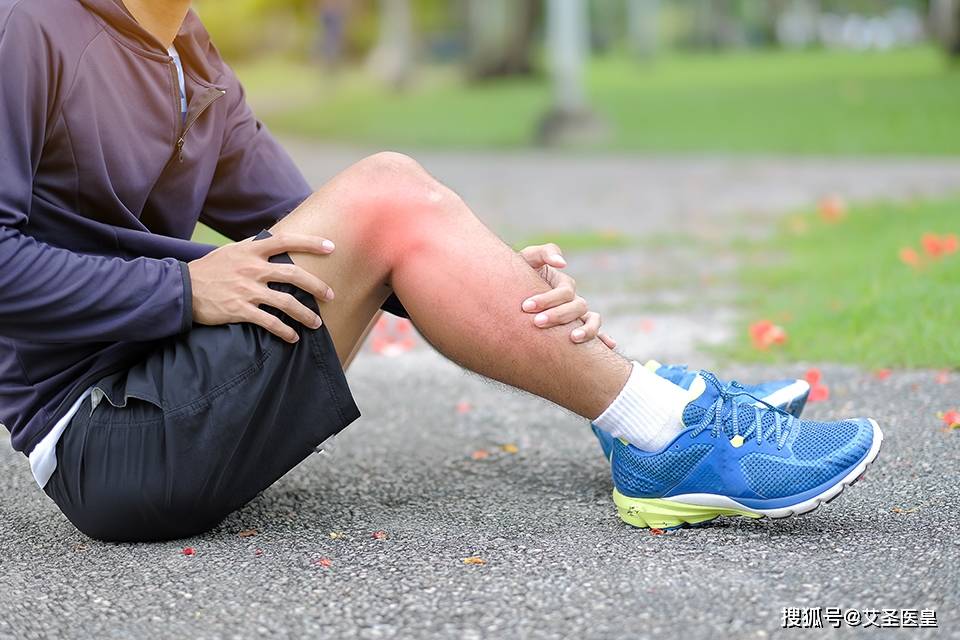With the arrival of summer, the yang energy in nature gradually rises, while the cold energy in the human body tends to sink, especially for those whose leg meridians are not unobstructed, this seasonal change may bring about various discomforts.
The legs, known as the “second heart” of the body, play a crucial role in blood circulation and meridian function. Many people may feel heaviness, pain, coldness, or numbness in their legs during the summer, with symptoms more pronounced at night or in the early morning. So, how should we regulate in such situations?
In traditional Chinese medicine, the legs are the starting point of the three yin meridians of the foot (spleen meridian, kidney meridian, liver meridian), which are closely connected to the body’s internal organs. Once the leg meridians are blocked, the flow of qi and blood is hindered, directly affecting women’s menstrual health, menstrual cycle, and fertility. Prolonged exposure of the legs to cold may also lead to severe conditions such as heart disease and varicose veins.
“The Yellow Emperor’s Inner Classic” mentions, “If the yang qi is lost or disrupted, one’s life will be shortened and not prosperous.” To dispel cold energy in summer, regulate the leg meridians, traditional Chinese medicine mainly focuses on warming and tonifying kidney yang, and expelling cold-dampness.
As stated in “Treatise on the Causes and Symptoms of Diseases,” “Yang energy ascending leads to upper heat, while yin energy descending leads to lower cold.” Moxibustion, as an important method of ancient Chinese medicine for health preservation, has a long history and profound cultural heritage. Moxibustion uses the heat and medicinal properties generated by burning mugwort leaves to stimulate acupuncture points on the body, achieving the effects of warming meridians, dispelling cold, promoting blood circulation, and enhancing meridian function.
Below are commonly used moxibustion acupuncture points for improving unobstructed leg meridians:
1. Xuehai (Sea of Blood) Point: Located in the anterior thigh, 2 inches above the inner end of the knee, at the prominence of the inner thigh muscle. Moxibustion at the Xuehai point can promote the flow of meridians, dispel stasis, and alleviate pain caused by blocked meridians and coldness in the legs.
2. Zusanli (Stomach Meridian 36) Point: Located on the outer side of the lower leg, 3 inches below the knee. Moxibustion at Zusanli can tonify qi and blood, enhance blood circulation, strengthen the immune system, and improve numbness or pain in the lower limbs.
3. Yinlingquan (Yin Mound Spring) Point: Located on the inner side of the lower leg, between the edge of the shinbone and the depression next to it. Moxibustion at Yinlingquan can warm the meridians, promote circulation of qi and blood, and alleviate leg meridian blockages caused by cold.
4. Sanyinjiao (Three Yin Intersection) Point: Located on the inner side of the lower leg, 3 inches above the inner ankle bone, behind the inner edge of the shinbone. Moxibustion can tonify the kidneys, strengthen the lumbar and knee region, and improve symptoms like lumbar and leg soreness and weakness caused by cold.
The ancient physician Ai Shengyi reminds that moxibustion at these points for about 15-20 minutes is generally sufficient. Choose the appropriate acupuncture points for moxibustion based on individual constitution and symptoms.
In addition to moxibustion, one can consume more warm and hot foods like beef, lamb, etc., to supplement yang energy; or use mugwort foot soaking to dispel cold, moisture, and improve leg meridian blockages caused by the sinking of cold energy.


